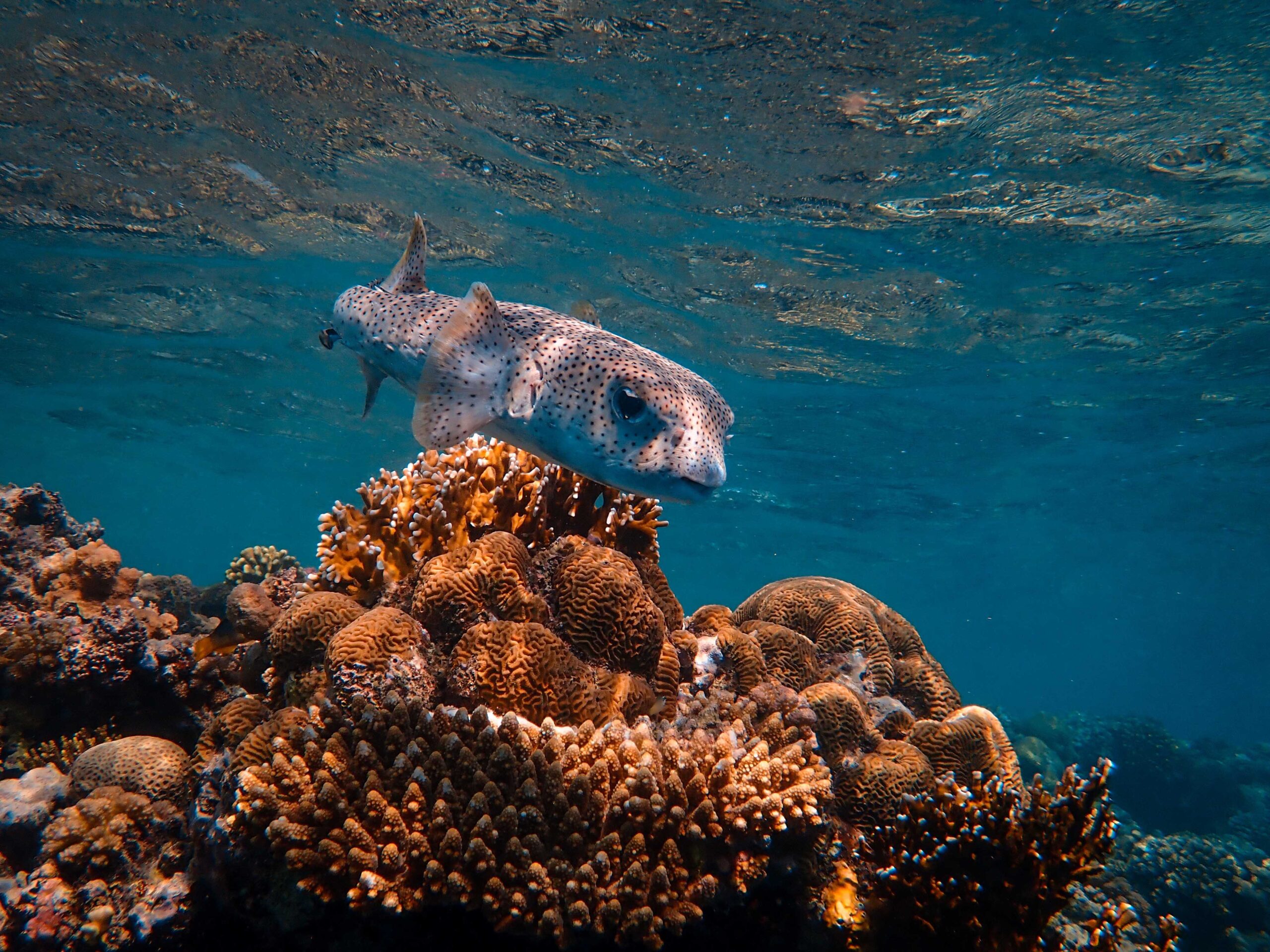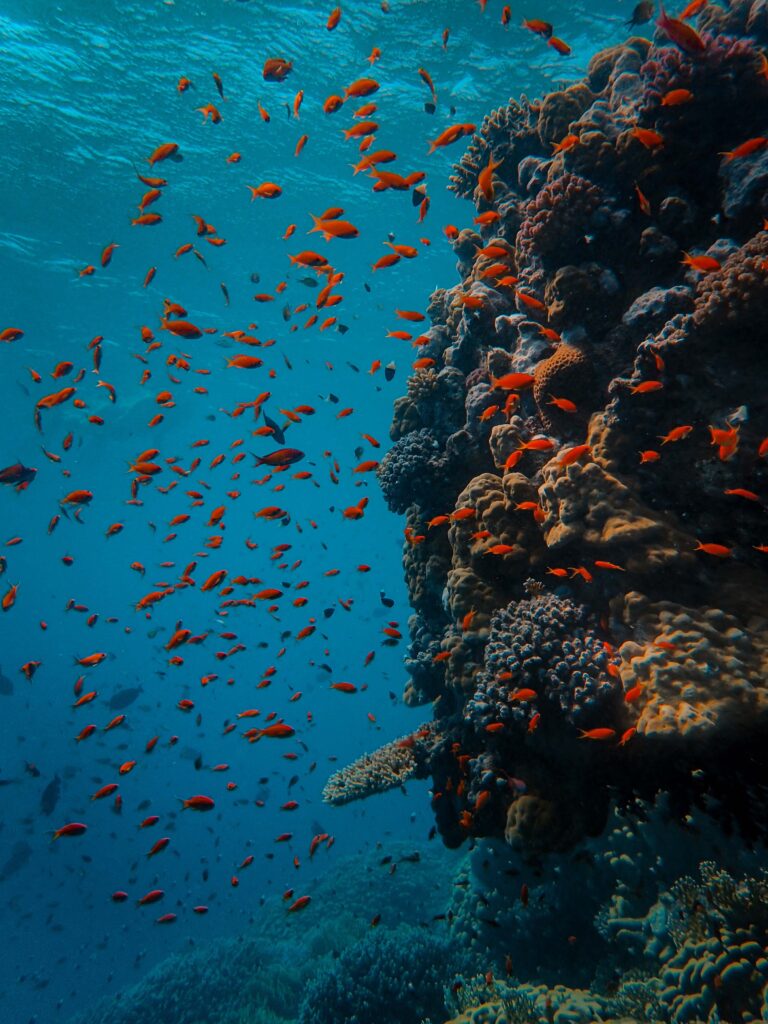Introduction
Beneath the surface of our vast oceans lies a world of intricate ecosystems that play a crucial role in sustaining life on Earth. Coastal stone reefs, often overlooked but of immense ecological significance, serve as both habitats and nurseries for diverse marine species. As we embark on this journey into the deep blue, let’s explore the delicate balance between ocean conservation and the preservation of these vital coastal stone reefs. Together, they represent not only the heartbeat of our oceans but also the lifeblood of our planet.
Exploring the Diverse Marine Life on Coastal Stone Reefs
Coastal stone reefs serve as vibrant ecosystems that house an incredible array of marine life. The rugged surfaces of these reefs create a unique habitat for various species, contributing to the rich biodiversity found in coastal waters. As the waves crash against the stones, a plethora of organisms, from colorful corals to intricate sponges, find a foothold and thrive in this dynamic environment. The intricate interplay between these species forms a visually stunning and ecologically significant tapestry beneath the surface.
The Significance of Reefs as Nurseries for Fish and Other Marine Species
Coastal stone reefs play a crucial role in supporting marine life by acting as nurseries for numerous fish and other species. The complex structure of the reefs provides shelter and protection for juvenile fish, allowing them to grow and develop away from potential predators. This protective environment enhances their chances of survival, contributing to the replenishment of fish stocks in surrounding areas. Additionally, the nutrient-rich waters around the reefs foster the growth of plankton and other essential food sources, creating a thriving ecosystem that supports the entire marine food web.
The Delicate Balance Coastal Stone Reefs Bring to the Marine Ecosystem
Maintaining a delicate balance in the marine ecosystem, coastal stone reefs contribute to the overall health and stability of coastal waters. These reefs act as natural barriers, dissipating wave energy and preventing coastal erosion. The intricate nooks and crannies within the stones offer refuge to a variety of marine organisms, promoting biodiversity and ensuring a resilient ecosystem. Furthermore, the reefs assist in filtering water, improving water quality as they trap sediments and pollutants. This balance is essential for sustaining the diverse life forms that call coastal stone reefs home, making them integral to the health of our oceans.
In summary, the exploration of coastal stone reefs reveals not only a visually captivating underwater world but also highlights their crucial role in supporting marine life and maintaining a delicate balance within the broader marine ecosystem. Understanding and preserving these unique habitats is essential for the conservation of biodiversity and the overall well-being of our oceans.

Anthropogenic Threats to Coastal Stone Reefs
Coastal stone reefs, crucial ecosystems supporting marine biodiversity, are facing severe anthropogenic threats, primarily stemming from human activities. Pollution and climate change stand out as major contributors to the degradation of these vital habitats. Pollution, including runoffs from industrial activities and coastal development, introduces harmful chemicals and sediments that negatively impact the delicate balance of coastal stone reefs. Moreover, climate change exacerbates these issues by causing rising sea temperatures and ocean acidification, placing additional stress on these already vulnerable ecosystems.
Case Studies on Degradation of Coastal Stone Reefs
Illustrative case studies highlight the alarming degradation of coastal stone reefs due to human activities. In the Caribbean, for instance, unregulated tourism and overfishing have led to a decline in coral cover, compromising the structural integrity of the stone reefs. Similarly, in Southeast Asia, rapid urbanization and land reclamation have resulted in increased sedimentation and pollution, adversely affecting the health of coastal stone reef ecosystems. These case studies underscore the urgent need for sustainable practices and effective conservation measures to safeguard these critical habitats.
Ripple Effects on Marine Life and Coastal Communities
The impact of human-induced degradation of coastal stone reefs extends far beyond the reefs themselves, causing ripple effects throughout marine ecosystems and coastal communities. Diminished coral cover disrupts the habitat for countless marine species, leading to declines in fish populations and biodiversity. Coastal communities, often reliant on these ecosystems for their livelihoods, face economic hardships as the degradation of stone reefs affects fisheries and tourism. Furthermore, the loss of natural protective barriers puts coastal areas at increased risk of erosion and storm damage, intensifying the vulnerability of these communities.
Ocean Conservation Initiatives
Ocean conservation has become a global imperative, with numerous efforts underway to protect and preserve these vital ecosystems. Internationally, organizations such as Oceana, Ocean Conservancy, and Greenpeace are leading the charge. These groups focus on raising awareness, advocating for policy changes, and implementing large-scale projects to combat overfishing, plastic pollution, and climate change impacts on the oceans. Their collaborative efforts aim to create sustainable solutions and ensure the long-term health of our marine environments.
Preserving Coastal Stone Reefs: Specific Projects and Organizations
Coastal stone reefs play a crucial role in supporting marine biodiversity, acting as nurseries for various species and providing essential habitats. Several projects and organizations are dedicated to their conservation. The Nature Conservancy’s “Reef Resilience Network” focuses on enhancing the resilience of stone reefs to climate change, employing science-based strategies to restore and protect these ecosystems. Additionally, local initiatives, like the Coral Restoration Foundation, engage communities in hands-on reef restoration efforts, fostering a sense of responsibility for the protection of these fragile ecosystems.
Community Involvement and Sustainable Practices
The success of ocean conservation initiatives heavily relies on community involvement and the adoption of sustainable practices. Local communities living near coastlines are often the first witnesses to environmental degradation and its impacts on marine life. Initiatives such as community-led beach clean-ups, educational programs, and sustainable fishing practices empower individuals to actively contribute to the preservation of oceans. Moreover, supporting eco-friendly businesses and promoting responsible tourism are key components of ensuring that communities participate in and benefit from sustainable ocean conservation efforts.
The Future of Coastal Stone Reefs: A Call to Action
Coastal stone reefs, vital marine ecosystems, face a precarious future marked by neglect and destruction. These unique formations provide crucial habitat for diverse marine life, acting as nurseries for fish and offering protection from predators. However, human activities, such as overfishing, pollution, and climate change, threaten their existence. The consequences of continued neglect could be devastating, with potential impacts rippling through the entire marine food web. Urgent action is required to preserve and protect these delicate ecosystems.
Individual Actions for Promoting Ocean Conservation and Reef Preservation
As stewards of the planet, individuals play a pivotal role in reversing the decline of coastal stone reefs. Small but impactful lifestyle changes, such as reducing plastic consumption, responsibly disposing of waste, and choosing sustainable seafood options, can collectively contribute to the conservation of marine environments. Furthermore, fostering awareness through education campaigns and supporting organizations dedicated to reef preservation empowers individuals to be active participants in the fight against reef degradation. By making mindful choices, each person can become a beacon of change, influencing others to join the cause.
The Positive Impact of Collective Efforts on the Restoration of Coastal Stone Reef Ecosystems
While individual actions are crucial, the power of collective efforts cannot be overstated. Collaborative initiatives involving governments, non-profit organizations, and local communities can significantly contribute to the restoration of coastal stone reefs. Implementing and enforcing marine protected areas, promoting sustainable fishing practices, and investing in research and technology for reef rehabilitation are integral components of these efforts. By fostering partnerships and encouraging a global commitment to ocean conservation, we can amplify the positive impact on coastal stone reef ecosystems. The restoration of these vital habitats requires a united front, highlighting the interconnectedness of the world’s oceans and the importance of preserving their biodiversity for future generations.
Video Credit: Conservation International
FAQs about Coastal Stone Reefs and Ocean Conservation
Q. Why are coastal stone reefs crucial for ocean conservation?
A. Coastal stone reefs harbor diverse marine life, contribute to ecosystem balance, and serve as breeding grounds, making their preservation vital for overall ocean health.
Q. How can individuals contribute to the preservation of coastal stone reefs?
A. Individuals can support conservation initiatives, follow responsible fishing practices, and participate in community engagement programs focused on reef preservation.
Q. What are the primary threats to coastal stone reefs, and how can they be addressed?
A. Threats include coastal development and overfishing. Addressing these issues involves implementing sustainable policies, creating marine protected areas, and fostering community involvement.
Q. Are there success stories of coastal stone reef restoration efforts?
A. Yes, successful restoration initiatives worldwide have showcased the resilience of coastal stone reefs when supported by conservation measures and community involvement.
Q. How do coastal stone reefs contribute to the overall health of marine ecosystems?
A. These reefs provide essential habitats for various marine species, support biodiversity, and contribute to the ecological balance of the surrounding ocean environment.
Q. What role do governmental bodies play in protecting coastal stone reefs?
A. Governments play a crucial role by enacting and enforcing policies that regulate coastal development, fishing practices, and the establishment of marine protected areas.
Conclusion
In the quiet depths of the ocean, where vibrant ecosystems dance to the rhythm of the tides, we find the heart of our planet. The preservation of coastal stone reefs is not just a matter of marine ecology; it’s a reflection of our commitment to the sustenance of life below the surface. As we navigate the challenges of ocean conservation, let us remember that the fate of coastal stone reefs is intertwined with our own. Through collective action, conscious choices, and unwavering dedication, we can ensure that these underwater wonders continue to thrive, offering a beacon of hope for the oceans and the intricate web of life they support. The time has come for us to stand as guardians of the deep, protecting and preserving the richness that lies beneath the surface for generations to come.
UP NEXT



